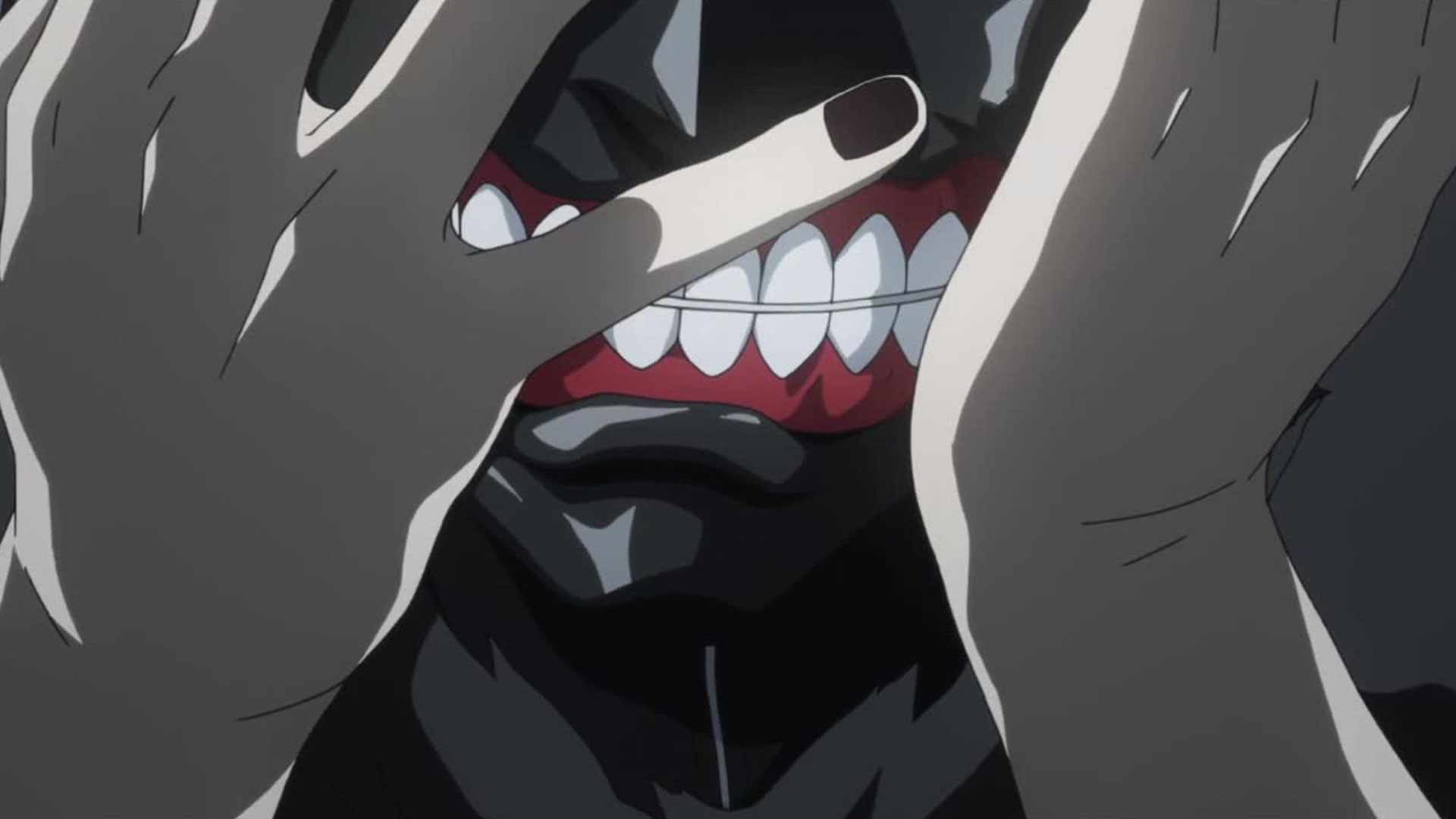To this day, Tokyo Ghoul’s adaptation is considered subpar at best. Are we being too harsh on the anime?
If you ask an average manga fan which anime adaptation is a textbook example of wasted potential, you’re likely to hear two words: Tokyo Ghoul. It’s not often that an anime gets so much hate while the manga is hailed as a masterpiece. So, what happened here, and is the anime worth watching at all? Let’s find out.
Written and drawn by Sui Ishida, Tokyo Ghoul takes us to a world where humans coexist with creatures known as ghouls who feed on human flesh. The story’s protagonist, Ken Kaneki, turns into a ghoul hybrid after a date that went very, very wrong. Both the manga and the anime follow his attempts to grapple with the new reality of his life.
Season 1 of Tokyo Ghoul, which premiered in 2014, stays more or less faithful to the original, though it does skip over some scenes and simplify the plot to fit several manga volumes into 12 episodes. Most fans agree that it's an overall entertaining, tightly paced season with great fight scenes and dialog.
Season 2 is where things get messy. As the animated series quickly caught up to the manga, the studio found a way out: to direct an anime-original season. And thus, Tokyo Ghoul: Root A was born. The second season isn’t a complete deviation from the manga story, taking some ideas from the source material and rearranging them in a different order. At this point, the anime takes on a fanfic-like quality, with filler taking up more and more screen time.
.jpg)
Seasons 3 and 4 are a return to the manga events, and what a return it is. The final two seasons move through the story at supersonic speed, skipping over major plot points and providing the viewer with a confusing and somewhat disorienting experience.
Those who read the manga and watched the anime and are able to compare the two, mostly agree that the adaptation missed the mark in terms of properly conveying the greatness of the original. However, pro-anime fans insist that the adaptation is still worth watching as a standalone story, especially for those new to the series.
.jpg)
On its own, the anime is not without its merits: the adaptation’s fast pacing, top-tier animation, and immersive soundscape ensure that first-time watchers will not get bored. While manga is considered to be the superior way to enjoy the Tokyo Ghoul universe, it might not be the best first choice for you if anime is your preferred entertainment medium.

